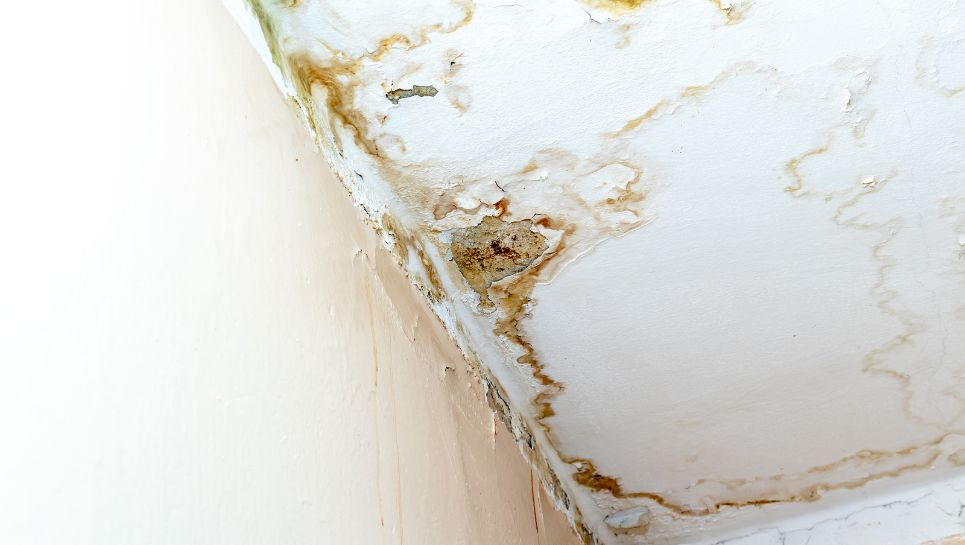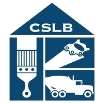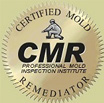While hurricanes and floods are the cause of thousands of water damage claims each year, water damage isn’t limited to the wrath of storms. Burst pipes, clogged lines, toppled water-heaters, overflowing toilets, and automatic fire sprinklers also cause their fair share of flooding. Not only must you stop the water from flowing, but you must also mop it up. Where to start? Here are a few pointers.
- Turn Off The Water
- Turn Off The Power
- Place Containers To Catch Water
- Mop Up The Mess
- Remove Items From The Walls
- Create Ventilation To Dry Affected Area
Stop The Water Flow
First, it’s important to shut off the water in order to minimize water damage. This could be as simple as reaching behind the toilet and shutting off the valve or as complicated as locating the home’s main water shut-off valve. Take the time now, before a flood, to locate the main shut-off valve and learn how to shut off the water. This valve is usually located outside the home in a utility box. Contact your water utility if you are not able to locate it.
Find Your Electrical Box
While you’re at it, find out where your home’s electrical fuse box or circuit box is located and learn how to turn off power to your home safely. Water and electricity are a deadly combination. Depending on the nature of the flooding, you may need to turn off power to certain areas of the home or the entire building.
Catch Any Water That Is Still Dripping
Once you have the water and power shut off, you can begin mopping up. If the water is still dripping, take preventative action. For example, if the flood occurred upstairs and the water is seeping through the floor to the room below, place containers beneath to capture the water if possible, or cover the carpet with a tarp and place towels on top to absorb the water.
If the ceiling is sagging, it means that water is collecting there. It will eventually burst or seep through. Once the floor is protected, poke tiny holes in the ceiling and release the water.
Mop It Up
Mop up the water-damaged area using absorbent sponges or a wet/dry vacuum cleaner (if it’s safe to do so). Remove as much excess water as possible. Move furniture from the damaged area and dry it off completely. If the upholstery is damaged, remove the cushions, use absorbent sponges to soak up as much water as possible, and place outside to dry.
Clear The Walls
If the walls are affected, remove paintings and place them in a safe location. You may need to remove the wallpaper and repaper the walls once everything has dried out due to the mold concerns.
Dry The Area Completely
Open the doors and windows if the air is dryer outside to help remove moisture and speed up the drying process. It’s critical to dry out the area completely to reduce the chance of mold setting in.
Help Is A Phone Call Away
Now that you have the basic mop-up complete, you have a few phone calls to make. Call your insurance agent to see if the damage is covered and Supraclean Water Damage specialists serving the San Jose and entire Bay Area, to assist with repairs. If you don’t want to do the water and flood damage clean up yourself, we can do it for you.




